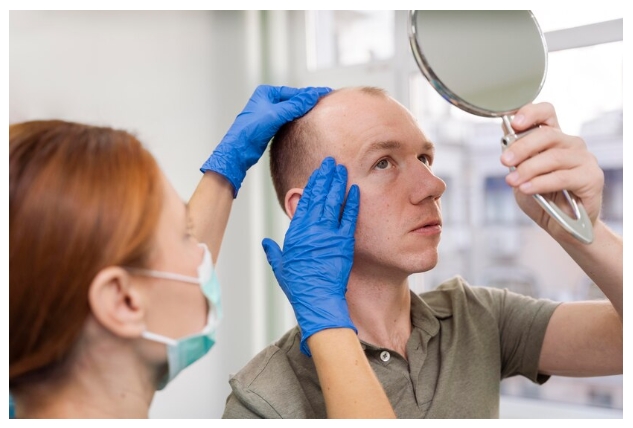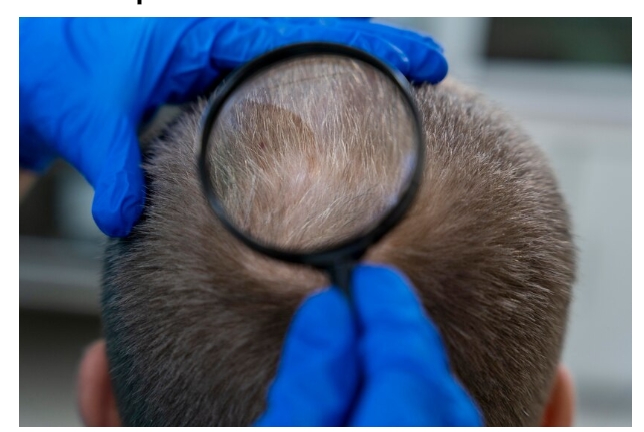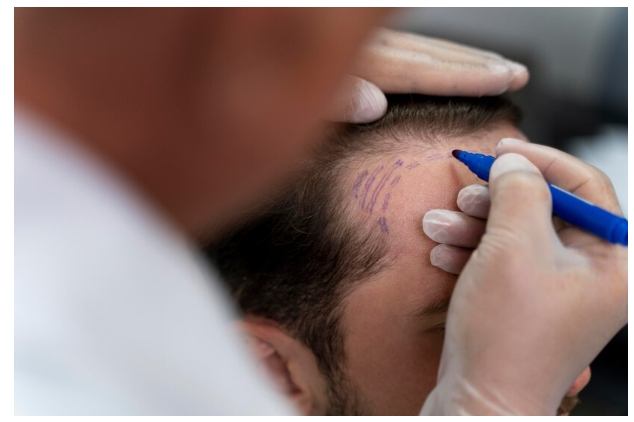Introduction
Are you struggling with hair loss and considering a hair transplant? Follicular Unit Extraction (FUE) Neograft might be the perfect solution for you. This advanced technique promises natural-looking results that can boost your confidence and enhance your appearance. In this article, we’ll dive deep into how you can achieve these impressive results with FUE Neograft hair transplants.
Understanding Follicular Unit Extraction (FUE)
What is FUE?
Follicular Unit Extraction, or FUE, is a hair transplant method where individual hair follicles are extracted from the donor area (usually the back of the head) and implanted into the balding or thinning areas. This technique is minimally invasive and leaves no linear scar, making it a popular choice among patients.
How FUE Differs from Traditional Hair Transplants
Unlike the traditional Follicular Unit Transplantation (FUT) method, which involves removing a strip of scalp, FUE focuses on individual follicle extraction. This results in a quicker recovery time and less noticeable scarring.
The Neograft Technique
What is Neograft?
Neograft is an advanced version of the FUE technique that utilises automated technology to extract and implant hair follicles more efficiently. This method reduces the risk of human error and increases the survival rate of transplanted follicles.
Benefits of Neograft
Neograft offers several advantages, including:
- Precision: Automated extraction and implantation ensure uniformity and accuracy.
- Speed: The procedure is faster than traditional FUE, reducing the overall treatment time.
- Comfort: Less invasive with minimal discomfort and downtime.
Preparing for Your FUE Neograft Hair Transplant
Initial Consultation
Your journey begins with an initial consultation with a qualified hair transplant specialist. During this meeting, the doctor will assess your hair loss pattern, discuss your goals, and determine if you’re a good candidate for the procedure.
Pre-Procedure Guidelines
To ensure the best results, you’ll need to follow certain pre-procedure guidelines. These may include avoiding alcohol and smoking, stopping specific medications, and following a healthy diet to promote optimal scalp health.
The FUE Neograft Procedure
Step-by-Step Process
Here’s what you can expect during the FUE Neograft procedure:
- Local Anaesthesia: The donor and recipient areas are numbed to ensure comfort.
- Follicle Extraction: The Neograft device extracts individual hair follicles from the donor area.
- Graft Preparation: The extracted follicles are prepared for implantation.
- Implantation: The prepared follicles are implanted into the thinning or balding areas.
Duration and Expectations
The entire procedure can take several hours, depending on the number of grafts needed. You’ll be able to go home the same day, but it’s essential to have someone drive you.

Post-Procedure Care
Immediate Aftercare
Right after the procedure, you’ll receive detailed instructions on how to care for your scalp. This typically includes gentle washing, avoiding direct sunlight, and not touching or scratching the treated areas.
Long-Term Care Tips
For the best long-term results, follow these tips:
- Healthy Diet: Eat a balanced diet rich in vitamins and minerals.
- Regular Check-ups: Schedule follow-up visits with your doctor to monitor progress.
- Gentle Hair Care: Use mild shampoos and avoid harsh hair treatments.
Achieving Natural-Looking Results
Choosing the Right Surgeon
The key to natural-looking results lies in choosing an experienced and skilled surgeon. Look for a specialist with a strong track record and positive patient reviews.
Importance of Hairline Design
A well-designed hairline is crucial for a natural appearance. Your surgeon should consider factors like your age, facial structure, and hair growth patterns when designing your hairline.
Density and Placement of Grafts
The density and precise placement of grafts also play a significant role. Proper spacing and angle of implantation ensure that the transplanted hair blends seamlessly with your existing hair.
Potential Risks and Complications
Common Side Effects
While FUE Neograft is generally safe, some common side effects include swelling, redness, and mild discomfort in the treated areas. These typically subside within a few days.
How to Mitigate Risks
To minimise risks, follow your surgeon’s post-operative instructions carefully and report any unusual symptoms immediately.
Comparing FUE Neograft with Other Hair Transplant Methods
FUE vs. FUT
FUE offers several advantages over FUT, including less scarring, quicker recovery, and no stitches. However, FUT might be recommended for patients requiring a large number of grafts.
FUE Neograft vs. Manual FUE
Neograft’s automated system provides more precision and consistency compared to the manual FUE technique, which relies heavily on the surgeon’s skill and can be more time-consuming.
Cost of FUE Neograft Hair Transplants

Factors Affecting Cost
The cost of an FUE Neograft hair transplant can vary based on factors like the number of grafts needed, the surgeon’s experience, and the clinic’s location.
Is It Worth the Investment?
While the procedure can be expensive, many patients find the long-lasting and natural-looking results to be well worth the investment.
Real Patient Experiences
Success Stories
Hearing about real patient experiences can be inspiring. Many individuals report a significant boost in self-confidence and satisfaction with their appearance after undergoing FUE Neograft hair transplants.
Testimonials
“The results exceeded my expectations. My new hairline looks so natural, and I feel like myself again!” – John D.
“The procedure was quick and virtually painless. I’m thrilled with the outcome!” – Sarah M.
Conclusion
Achieving natural-looking results with Follicular Unit Extraction Neograft hair transplants is not just a possibility; it’s a reality for many. By understanding the procedure, choosing the right surgeon, and following proper care guidelines, you can enjoy a fuller, more natural head of hair. Remember, the key to success lies in preparation and commitment to post-operative care.




